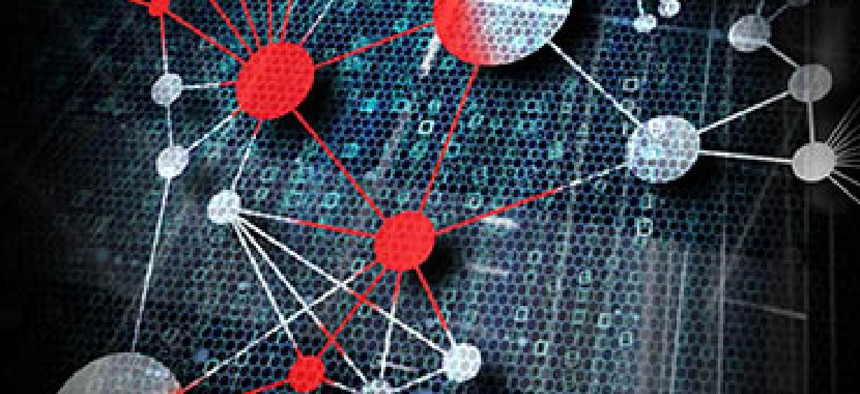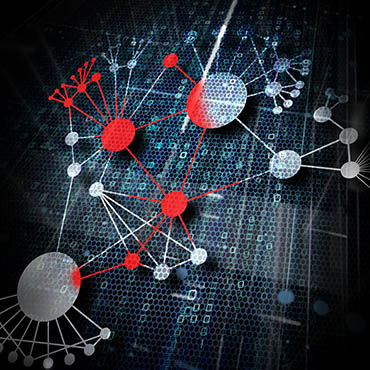A great primer on cyber

Steve Kelman suggest some summer reading for those seeking to understand "the new normal" of cyber threats.

As a citizen, I will confess to following all the stories about cyber attacks with a growing sense of pessimism and despair. Breaches into everything from Office of Personnel Management records to Sony Entertainment and the Democratic National Committee's internal communications suggest that if cyber criminals really want to get access to private systems, they can. What's the use of trying to stop them, I occasionally ask myself? But as a citizen, and also a self-confessed tech dinosaur -- despite writing this blog for a tech-savvy audience -- I also feel as if I don't understand enough to know whether we as a government (and as a society) have any viable defense strategies.
So it got my attention when Dan Chenok, head of the IBM Center for the Business of Government and my former student from long ago, retweeted a report by Deloitte's Bill Eggers called Government's cyber challenge: protecting sensitive data for the public good. When Dan said the report had "numerous interesting insights," I decided I needed to read it, since he is both smart in general (he was the 2016 Fed 100 Eagle Award winner from industry) and far more tech-savvy than I am.
Dan (and Bill) did not disappoint. Having now read the report, I can recommend it without hesitation to people up your management chain who need a basic cyber education. I am also guessing that even a cyber pro might learn a thing or two.
The government, or at least parts of it, is a prime target for cyber attack. Eggers notes that "in 2013, the energy company BP said it experienced about 50,000 daily attempts at cyber intrusion, but that would represent a holiday at the Pentagon and National Nuclear Security Administration, which each sees 200 times as many online attacks."
When most people think cyber attacks, they think data breaches. But probably the greater danger -- and some of the terrifying possibilities, of the type from which catastrophe movies are made -- would involve targeted strikes to take down government or organizational capabilities such as banking transactions, city power grids and even military weapon systems.
In 2007, Eggers notes, Estonia became the target of a weeks-long cyber attack by Russian hackers angered by the removal of a Soviet statue from their capital. (As a sidebar, Eggers is a known Estonia enthusiast, admiring the government's digital achievements.)
"What began with sharp rhetoric and mild protests became a serious economic offensive… (as) the computer networks of Estonian banks, government agencies, and media outlets began failing," he writes. "ATMs were knocked offline. It became so serious that the country had to 'pull the plug,' severing access to all Estonian websites from abroad." (Eggers doesn't discuss an equally dramatic example, the Stuxnet attack on Iranian nuclear research facilities.)
The more data the digital world produces, the greater the vulnerabilities. "Imminent fundamental shifts in computing, including the emergence of ubiquitous computing and the 'Internet of Things,'" the report notes, "will yet again exponentially drive growth in big data. As companies gather more and more data from more and more devices . . . criminals will have an ever-expanding pool of targets from which to choose."
Here are the main takeaways I got from the report:
- Risk cannot be eliminated, but must rather be managed. One principle is not to give all data the same level of investment in protection against breach. Choose which data is most-important, and concentrate greater efforts around those data. '"Public information such as school bus schedules should be stored differently than medical histories."
- The very most-sensitive information should be stored in a decentralized way. There should be limited access across databases; some should even be stored offline. "You place air gaps between them."
- Government cyber efforts tend to emphasize a sort of perimeter defense of trying to prevent intrusion. This should be complemented by efforts to get better at detecting breaches more quickly after they have occurred. If an intrusion is detected early, damage can be minimized, for example, by quickly quarantining intruders from other systems and by taking impacted systems offline.
- "Perpetual unpredictability is the best defense." The report urges: "Keep moving. Keep changing. No sitting; no stopping. Plant fake information. …The goal is to modify the defenses so fast that hackers waste money and time probing systems that have already changed." The more you change the game, the more your opponents' costs go up. Maybe they'll move on to an easier target.
- Use anomaly-oriented approaches to detect, or even predict, attack. Agencies can focus on what normal looks like—traffic patterns, transaction volumes -- and then more quickly detect anomalies. This may specifically be helpful with regard to insider threats. "Today's tools can detect anomalous employee actions that deviate from peer-group practices or their own previous behavior," Eggers writes. "Such behavioral analytics allow agencies to flag suspicious emails and badge check-ins, downloads, and access to unauthorized sites and assets."
- Cross-agency sharing and joint work has helped bring together forces against some threats. David Bray, the Federal Communications Commission's dynamic CIO who earlier worked on bioterrorism at the Centers for Disease Control, urges that agencies follow the CDC model by anonymously sharing the equivalent of cyber signs, symptoms and behaviors that different devices are experiencing."
Many of the techniques discussed are designed to make it more costly for cyber attackers to pursue your organization, in the hopes they will shift to easier, less-protected targets. That approach may be helpful in protecting against random hackers trying to show off their skills. But that does not help if an attacker specifically wants to attack your organization.
Cyber threats are a new normal for many government organizations (as well as for citizens regarding thefts of our personal data). Newbies need to read the Eggers report to get a handle on this new normal. I am guessing even those more-experienced with cyber can learn something here as well.
NEXT STORY: DOD deputy CIO to lead IT at OPM


